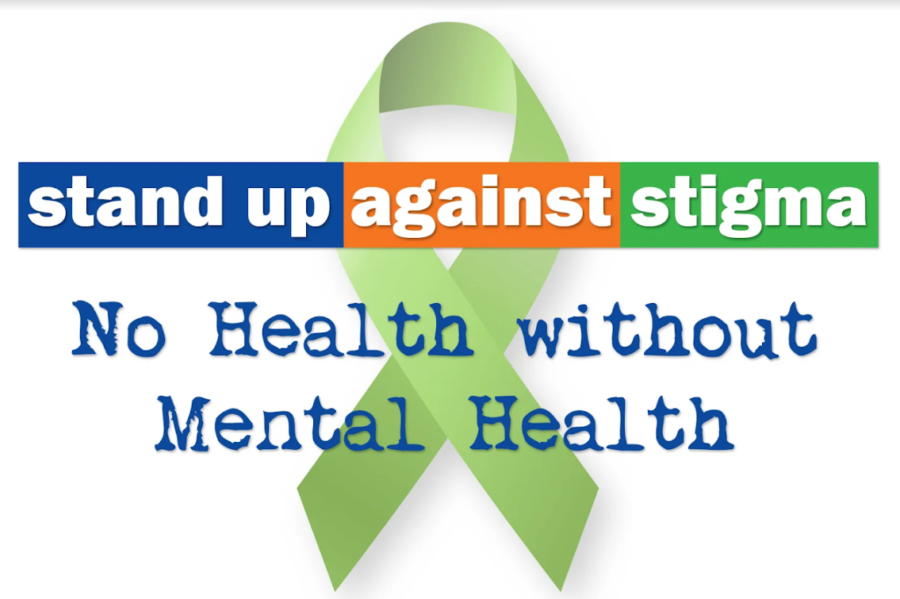Imagine you are sitting in a therapy session and your therapist pulls out an Egyptian cobra and asks you to pet it. This is what many people assume cognitive behavioral therapy, or exposure therapy, is, but that is a popular misconception. Cognitive behavioral therapy is an evidence based practice that has proven to be effective in treating people with schizophrenia, anxiety, borderline personality disorder and bipolar disorder.
Cognitive behavioral therapy is described as “ a form of psychological treatment that has been demonstrated to be effective for a range of problems including depression, anxiety disorders, alcohol and drug use problems and several mental illnesses,” according to the American Psychological Association. Some of the core principles of use of CBT are the beliefs that psychological problems are partly based on the patients’ faulty or unhelpful ways of thinking, physiological problems are partly based on learned patterns of unhelpful behavior and people who are suffering from psychological problems can learn better ways of coping with them and reducing symptoms.
I attended cognitive behavioral therapy at Temple College in Philadelphia, Pennsylvania. The Temple College Exposure Therapy Program is formally known as the CAADC, which stands for Child and Adult Anxiety Disorders Clinic. The CAADS works with children and teens with anxiety disorders using research based processes and a cognitive behavioral therapy program. To make this experience as trauma free as possible, the CAADC uses positive reinforcement. Positive reinforcement utilizes the act of rewarding the desired or positive behavior/response in order to encourage it to happen again in the future. For example, each week I would get to pick a prize for myself and after completing the challenge I would get my prize. This prize would make me feel accomplished and motivated to come back the next week and complete a harder challenge.
While conducting my research for this piece, I researched cognitive behavioral therapists in the area, and came across Alex Cehak. Cehak has been practicing cognitive behavioral therapy for 14 years and is verified by Psychology Today as a licensed psychologist in the state of New Jersey. Although he has been at many practices throughout his career, he is currently settled into his office in Cherry Hill New Jersey, where he often brings his dog to keep him company throughout the day. Throughout our interview, he gave thoughtful and comprehensive answers about many topics, but the main topic we talked about was the misconceptions of therapy. He discussed how many people think therapy in general, as well as CBT, is just about crying about “the bad or difficult aspects of one’s life.” Therapy is actually about identifying problems and stressors in one’s life and making plans to overcome these fears. Chehak then spoke specifically about cognitive behavioral therapy, and said most of the work he does in therapy is battle planning; coming up with plans to overcome these fears and then having the client go out and complete these tasks. In the following session, Alex and the client discuss how successful that challenge was and if they feel their goals are accomplished or if they need another session.
I asked my mother why she chose the CAADC rather than a typical therapy program. She said, “I chose the CAADC because they specialized in adolescent anxiety disorders, and I thought that would be more beneficial for you than regular therapy.” She also said that she did a significant amount of research about cognitive behavioral therapy, and found that CBT places an “emphasis on helping patients develop coping skills and change their own thinking and behavior patterns.” This was very true, at the CAADC, my therapist placed an emphasis on my thought process and why something was triggering for me, rather than just discussing everything that made me feel anxious like in normal therapy. So, based on this research there were several reasons why cognitive behavioral therapy was more effective for me than traditional therapy.
To conclude, through personal experience and research, I have learned how harmful societal stereotypes and misconceptions about mental health treatment, specifically CBT, can be to the reputation and credibility of these treatments. So, if you happen to hear someone discuss these misconceptions, use the information you learned in this article and inform them about the truth.


























